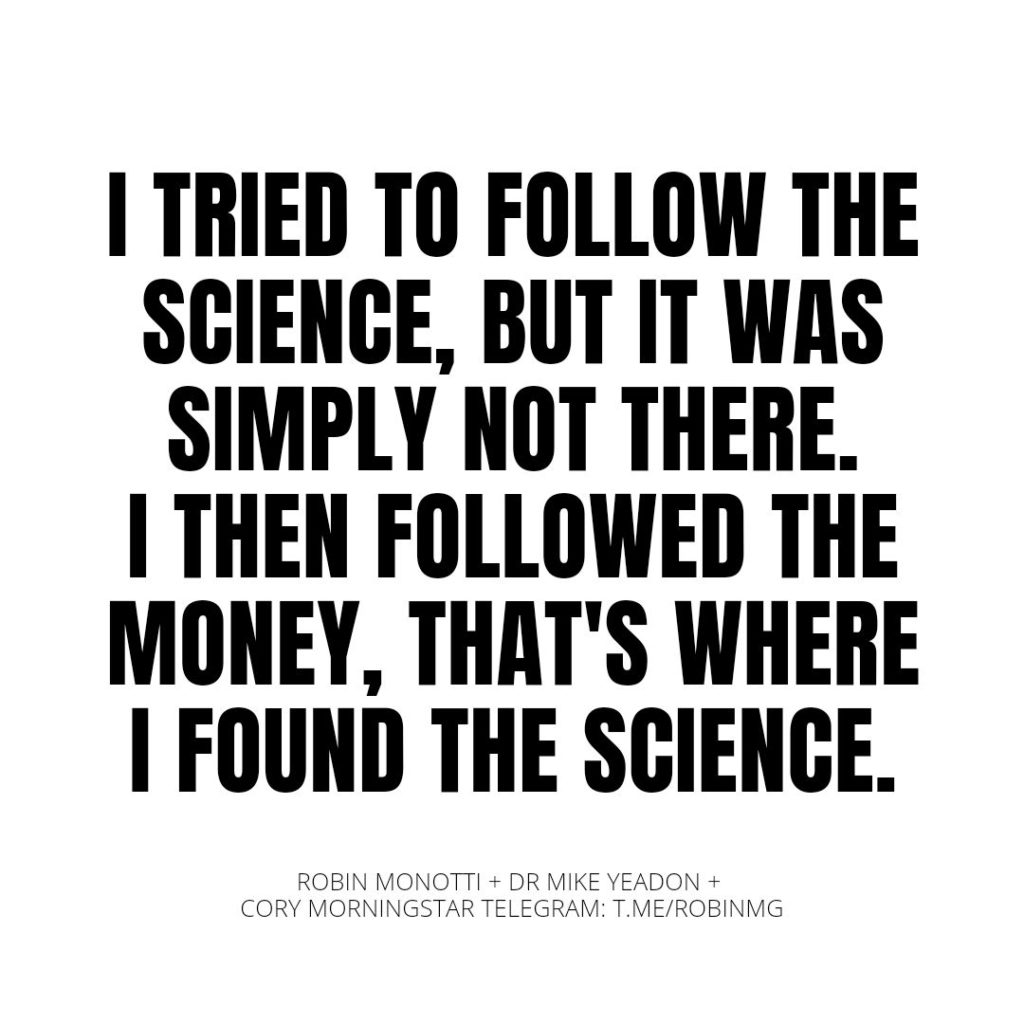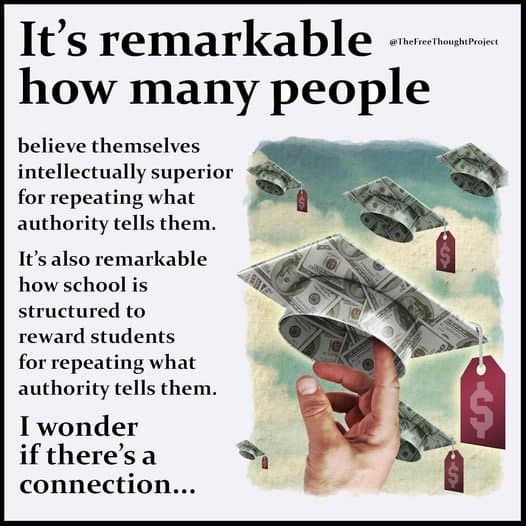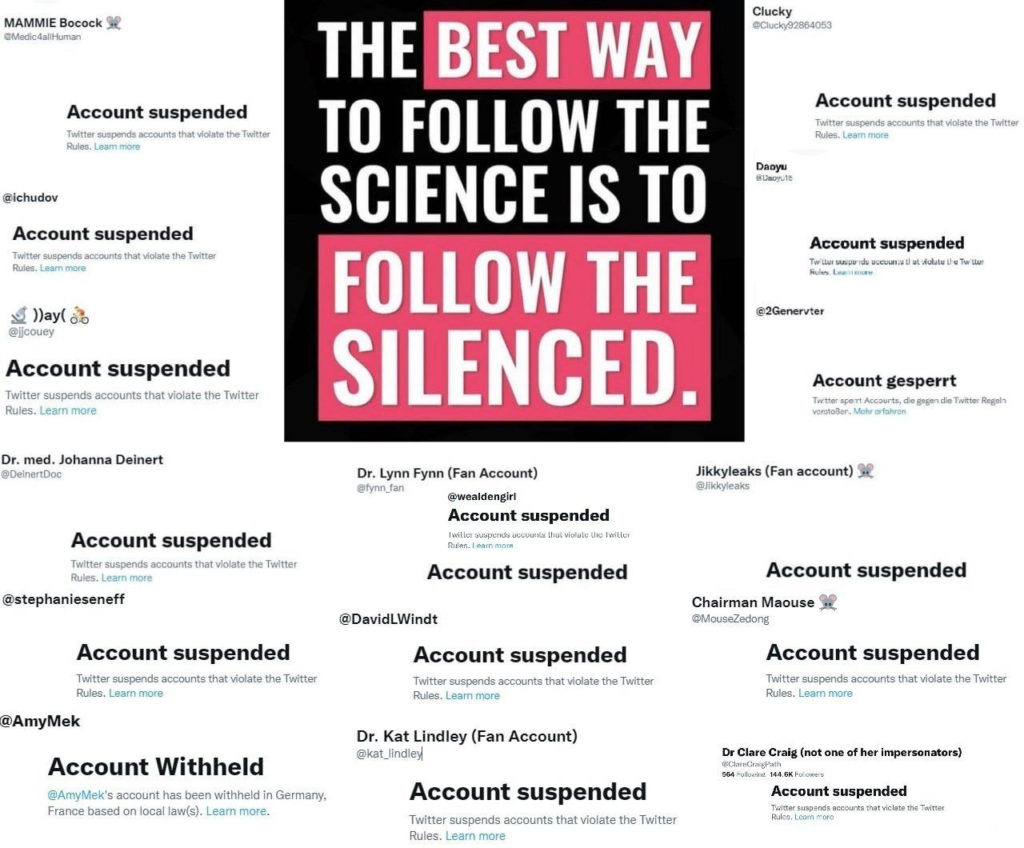A 3 part mini-series on Supporting Independent Media as part of the People’s Playbook
To do proper sensemaking on the world you need to get news from someplace.
The mainstream media is clearly corrupted. Some people still believe in the partisan games and therefore believe their side’s media due to this reason. But even while some truth gets out on these platforms there is still much that is hidden.
Mainstream media in the USA is all funded by corporations through advertising. Pharmaceuticals dominate the airwaves of news programs today. There are also interlocking directorates leading to top-down decisions on what is covered and what is not. (See #49 and #50 of Medical Monopoly Musings for details.) These are just a few of the important pieces to controlling journalism.
In other countries, the media is directly funded by the government.
Online the same games are being played. Big Tech is on board with mainstream media pushing their voices further, while suppressing others. And taking direction from government as well.
Many are of the mistaken assumption that truth can only come through such official channels. Thankfully more and more people are dropping such illusions.
The good news is that there are a great many independent voices available. But how do you separate the wheat from the chaff?
In this short series I want to deliver three things:
- Principles for finding and vetting your own sources
- A list of some of my top independent sources that I follow
- An understanding of this “parallel news economy” and how you can play a part in it
Let’s get started with the principles.
Principles to Finding and Vetting Your Own Sources
Here’s my list of principles:
- Follow the Money
- Follow the Transparency
- Witness Mistakes
- Limited Hangouts and Seeking Parallax
- Follow the Smears
- Follow the Silenced
Follow the Money
Everyone has heard of this. This is what I mentioned before regarding the money flows of advertising, personal conflicts between board members and much more.
Two big things to ask here. Is the journalist corrupted from covering things by incentives either personally or institutionally?
Do they themselves follow the money in their coverage?
I won’t belabor this point as it is well-known. The other principles have a lot less awareness.

Follow the Transparency
Is the journalist transparent about their sources? Now, of course there are times when sources must be kept secret. But 98+% of times the source or reference can be shown.
Specifically, is the issue of data transparency rather than the fallacy of authorities. There is a big difference in saying “The CDC says…” compared to showing a specific study or data instead. (And when you can use the CDC data to show the CDC is lying, well that tells you something.)

In the online world particularly, you want to see links to reference material. You’ll notice that I strove to do this in my own work because I witnessed others doing the same. It’s much more work but it is more trustworthy to do so.
If a source is transparent about where their facts are coming from that’s a big plus. (Of course, for true vetting you need to make sure the sources in fact say what the coverage says they say.)
If a source is not transparent about their facts, and is not transparent about potential conflicts of interest, then that’s a big negative.
Witness Mistakes
This is related to the subject of transparency. You obviously want to find someone with a good track record. These are people worth continuing following for making sense of the world. Do their stories and predictions pan out?
But no person is flawless. We all make mistakes.
How does this journalist handle theirs? Do they bury them and pretend they never got anything wrong?
Or do they come out and admit what they got wrong? Do they apologize? Do they openly talk about the subject?
This helps you to differentiate who are the propagandists and who are legitimate journalists.
Limited Hangouts and Seeking Parallax
The term “limited hangout” comes from intelligence. It means to leak out some partial truth in order to control the narrative. Along with the partial truth are either lies or just an avoidance of all the facts. This method is often used as part of damage control.
Here’s the thing. All news is essentially limited hangouts, albeit mostly unintentionally, because no one can possibly cover all angles. It is by necessity limited to some degree.
Parallax is the apparent displacement of an observed object due to change in position of the observer. By having two eyes you’re less likely to fall prey to blind spots that are inherent in a single point of view.

Journalistically, I think of parallax as being the idea that getting different viewpoints, different coverage on a story helps you to see it more accurately. Any single viewpoint is by definition, limited.
By having different sources, that come from different worldviews, you’re likely to come to understand more. This is especially true for those seeing past intentional limited hangouts as well as ideologies that everyone get wrapped up in. Especially those that don’t think they get wrapped up in ideologies, they’re the worst!
Follow the Smears
You must understand how smear campaigns work. I detailed this inside chapter 6 of The Tobacco Playbook.
If you want to go deeper, seeing how it plays out in the internet age, I’d recommend reading The Smear: How Shady Political Operatives and Fake News Control What You See, What You Think, and How You Vote by Sharyl Attkisson.
Smears are nothing new. It’s just accelerated today.
Understand this…any good journalist dedicated to truth will be squeezed out from any mainstream place and will be smeared in the process.
Today the smears use the common phrases of “conspiracy theorist,” “right-wing,” “extremist,” “anti-vaxxer,” “science denier,” “racist,” and so on. I’ve been called all these things of course!
In smears you need to follow the other principles here. Are there transparent sources and data about the facts? Or is it merely ad hominem attacks?
Smearing is used as a control mechanism, so you must understand how it works.
Be warned that it is not as simple as flipping things to the inverse though. A good way to have controlled opposition gain credibility would be to have them smeared.
Follow the Silenced
I came across this meme the other day.

This is the next and often simultaneous step of smearing. To down-rank, shadowban or outright censor information.
If it doesn’t support the agendas, it will not get widespread distribution.
Again, you shouldn’t automatically 100% trust anything just because it is censored, but this can be seen as a clue.
Putting Them Together
These are the principles I use to vet out when looking at media and various sources.
Any one principle alone is a good start, but it is insufficient. By understanding and utilizing all of these you get a much better picture of who is worth listening too.
In the next two parts I’ll detail out my top intel sources, as well as showing how to support them.
But first I’d like to ask what your principles along these lines? Anything to add to this list?

